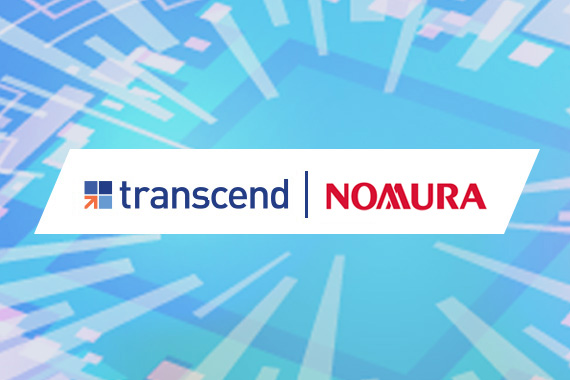State Street Collateral+ Symposium Recap: “How to Provide Collateral Solutions of the Future”
- Mar 11, 2022
- Press Releases
On Tuesday, March 8th, Transcend’s CEO, Bimal Kadikar, participated in the State Street Collateral+ Symposium. The panel, which also included Chris Watts of Margin Tonic, Elisa Poutanen of HQLA-x, Tony Ashraf of Blackrock and Alan Divers of UBS, discussed the challenges and best practices of developing scalable and innovative collateral solutions.
The challenges of collateral today:
- The Uncleared Margin Rules (UMR) are driving the velocity and need for high quality collateral: UMR is causing the ecosystem of firms required to pledge collateral to rapidly increase, especially within the buyside. As the network of participants in the collateral ecosystem grows, processes become more complex. Furthermore, UMR requires firms to maximize liquidity, causing HQLA to be scarce.
- Legacy collateral technology solutions often only address particular business areas and are not interoperable: this limits transparency and optimization potential – which is especially important with firms needing to better manage HQLA. However, it is difficult and often expensive to “rip and replace” an existing technology infrastructure.
- ESG considerations are beginning to move into the collateral management lifecycle: While the incorporation of ESG criteria in collateral preferences is still nascent, it will steadily involve greater complexity and sophistication in the coming years. As a result, firms should be thinking about scalable solutions that address basic ESG collateral needs today, but can also satisfy future complexity.
Best practices to consider when implementing collateral technology:
- Collateral should be seen as a strategic part of the trade lifecycle: as a result, firms need to enable enterprise-wide, real-time visibility across business departments, geographies, and legal entities. Holistic technology will allow firms eliminate the replication of processes and data across groups and will help firms make more informed decisions.
- Straight-through-processing (STP) is critical: Even if collateral optimization technology can identify the smartest collateral allocations and trades, without execution automation, firms may not be able to operationalize their optimization insights. As a result, all collateral technology should enable STP to drive efficiency and ensure the impact of technology is maximized.
- Technology systems should be interoperable: Today, any technology systems should be connected to legacy infrastructure across tri-party agents, custodians, customers, the buy-side and the sell-side. With the industry moving toward a holistic collateral function, interoperability is the key to reducing friction and easing the implementation of new solutions.
Some other key takeaways from the sessions include:
- DLT and tokenization will disrupt the collateral ecosystem and will drive the next level of efficiencies, but may also create new challenges for legacy workflows and systems.
- Analytics and optimization will need to evolve with new industry trends such as ESG and Digital Assets.
- Firms should look to maintain a single, golden source in order to drive mobilization and reduce friction.
A reoccurring theme throughout the panel was the need for an enterprise view of inventory in real-time – across eligibility information, counter-party obligations, and supply. Doing so will fuel optimization across tri-party, CCP, and bilateral obligations throughout businesses and regions. Automation is also needed to execute decisions without human touch. However, accomplishing this will require changes to legacy infrastructures. While this may seem daunting, there has been significant progress in the technology space, making it much easier to achieve holistic collateral management and optimization. For example, Transcend’s modular solutions seamlessly integrate with existing systems to help firms achieve goals without having to replace their entire infrastructure.





